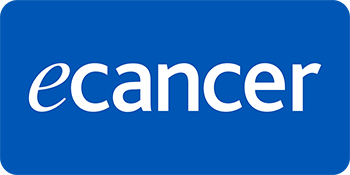Background: Human epidermal growth factor receptor 2 (HER2)-positive breast cancer is associated with poor prognosis and access to anti-HER2 treatment is still a challenge in lower-middle income countries. The availability of the biosimilar trastuzumab has improved access by lowering the costs. We report the pattern of use of neoadjuvant ± adjuvant trastuzumab and outcomes in patients with HER2-positive non-metastatic breast cancer treated with regimens incorporating shorter durations of therapy and the use of the biosimilar trastuzumab compared to the innovator.
Methods: We conducted a retrospective analysis of patients with non-metastatic HER2-positive breast cancer treated with neoadjuvant ± adjuvant trastuzumab (innovator (n = 34 (33%)) and biosimilar (n = 70 (67%)) manufactured by Biocon Biologics) with chemotherapy. Information regarding chemotherapy regimens, duration of trastuzumab use (≤12 weeks and >12 weeks), pathological response (Miller Payne grade), disease free survival (DFS), overall survival (OS) and safety data were collected from electronic medical records.
Results: A total of 135 patients were analysed with a median age of 51 years (range: 23–82); of these, 57% were postmenopausal, 31.8% were hormone receptor positive and 62.9% had stage III disease. The overall pathological complete response (p-CR) in both breast and axilla increased to 37.6% in patients treated with trastuzumab preoperatively as compared to 22.2% in patients who did not receive any trastuzumab. Patients receiving innovator trastuzumab and biosimilar trastuzumab showed a p-CR of 28.5% and 41.7%, respectively. At a median follow-up of 42 months (range: 3–114), there were 18 relapses and 11 deaths. The 3-year DFS was 87.1% and OS was 92.2%. Cardiac dysfunction developed in 4 of 78 (5.1%) evaluable patients.
Conclusion: Access to anti-HER2 therapy in the treatment of non-metastatic HER2-positive breast cancer in resource-constrained settings has improved significantly with the availability of the biosimilar trastuzumab. Imbalances in patient profiles at baseline in routine clinical practice led to inconclusive outcomes of ≤12 weeks versus >12 weeks trastuzumab treatment. However, on the basis of historical data, patients could be offered shorter duration of trastuzumab when a standard 1-year treatment of adjuvant trastuzumab is not feasible in resource-constrained settings. The p-CR using the biosimilar trastuzumab in neoadjuvant treatment has been observed to be comparable to the innovator trastuzumab.







